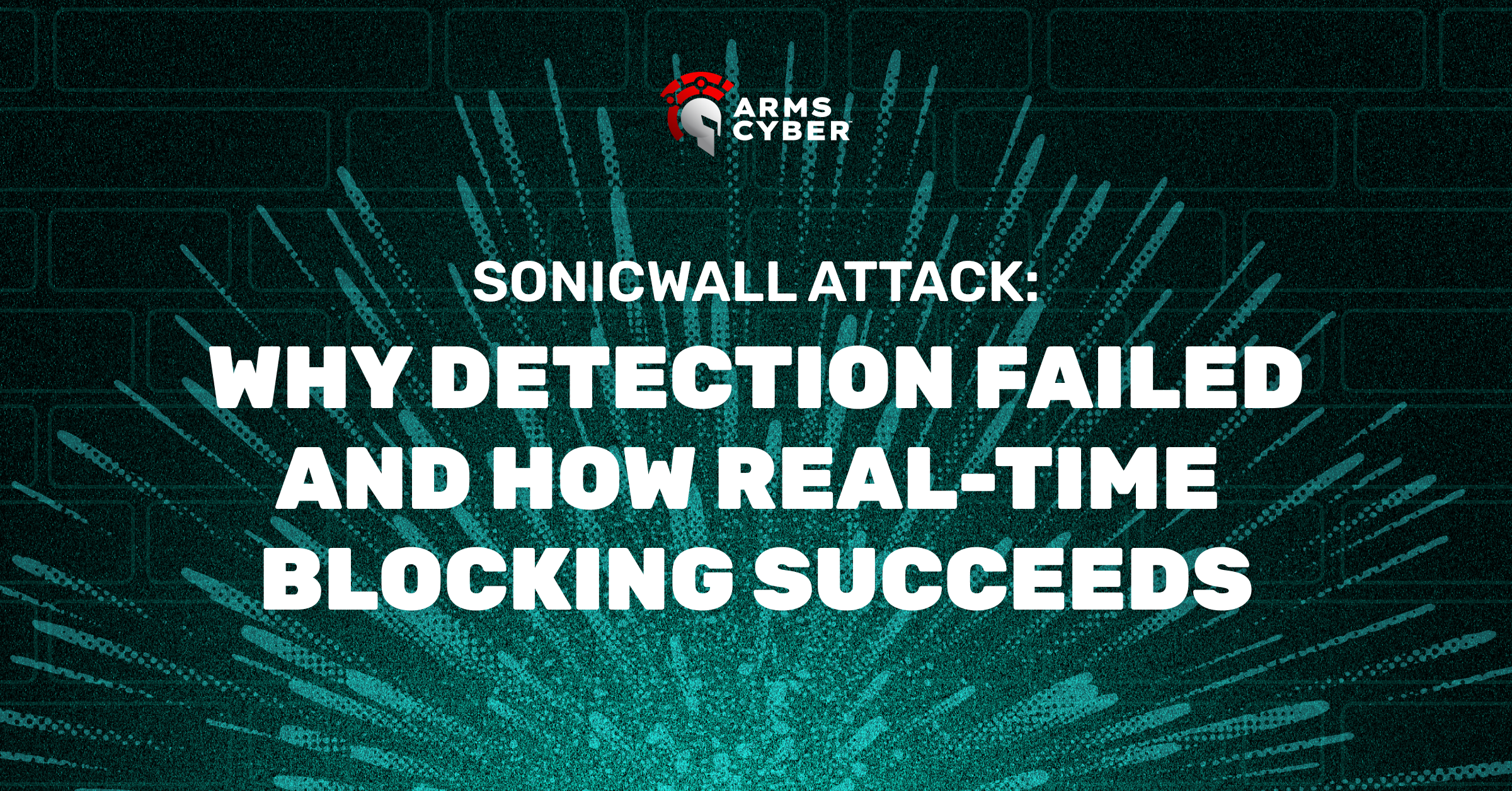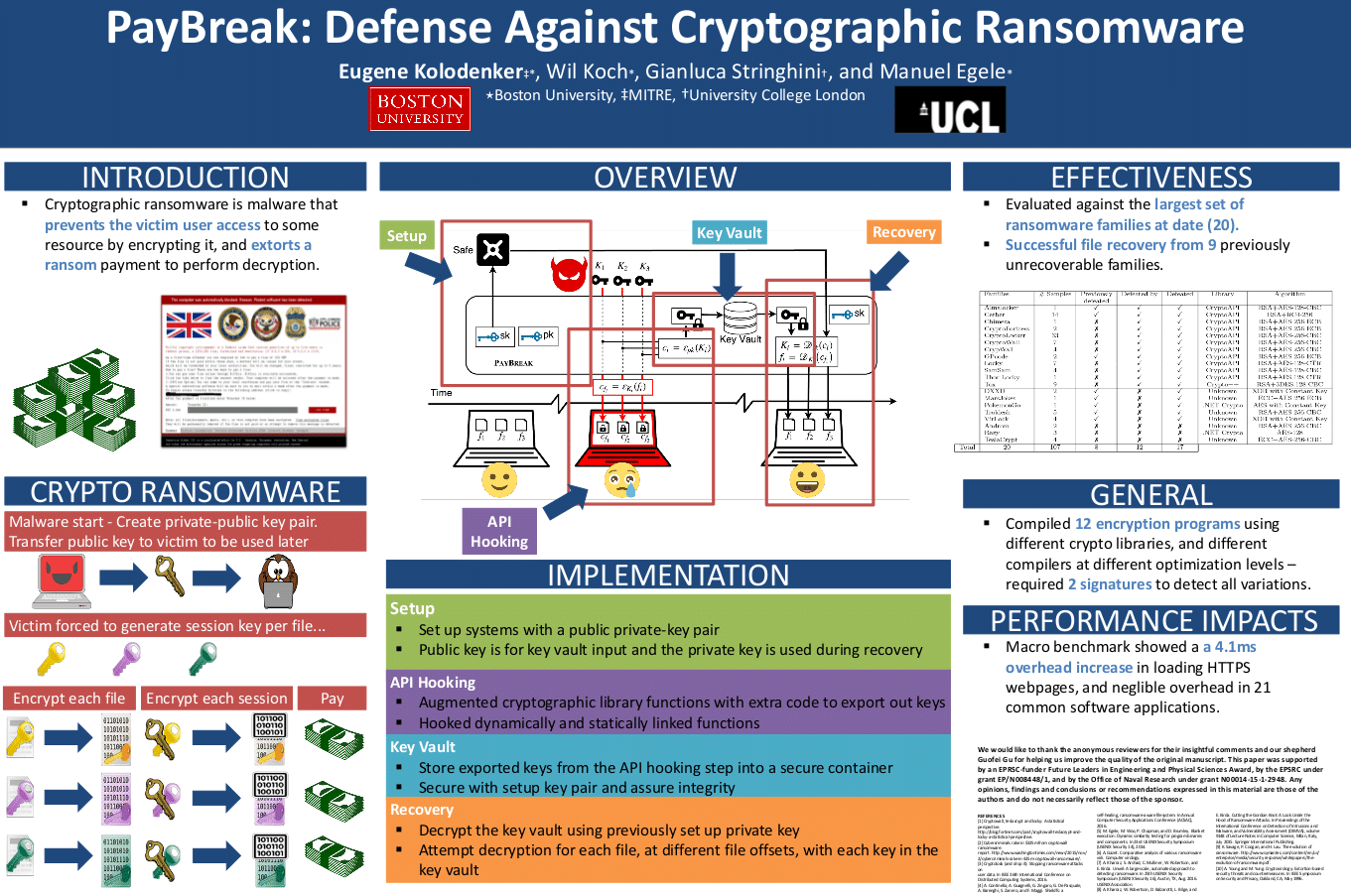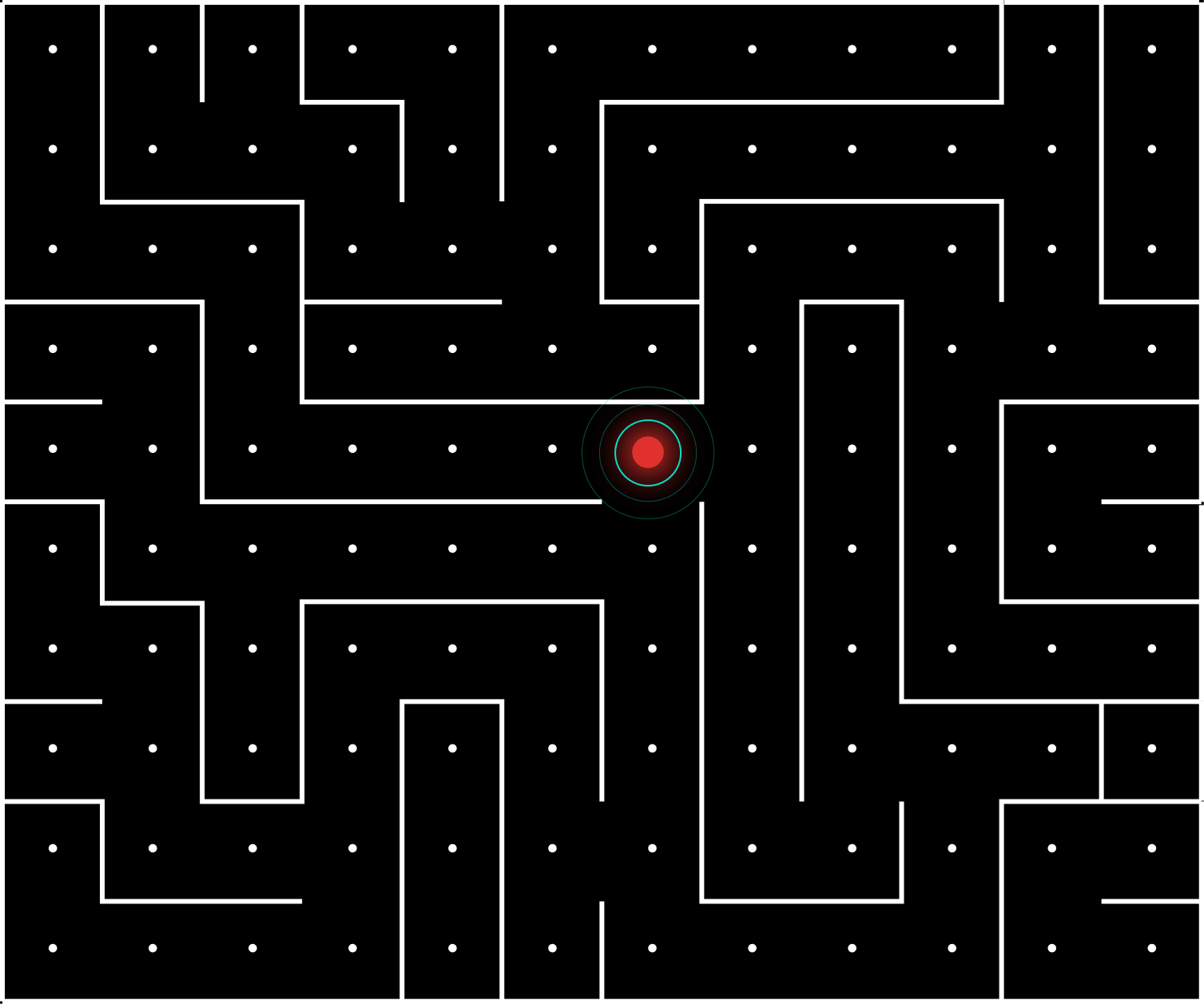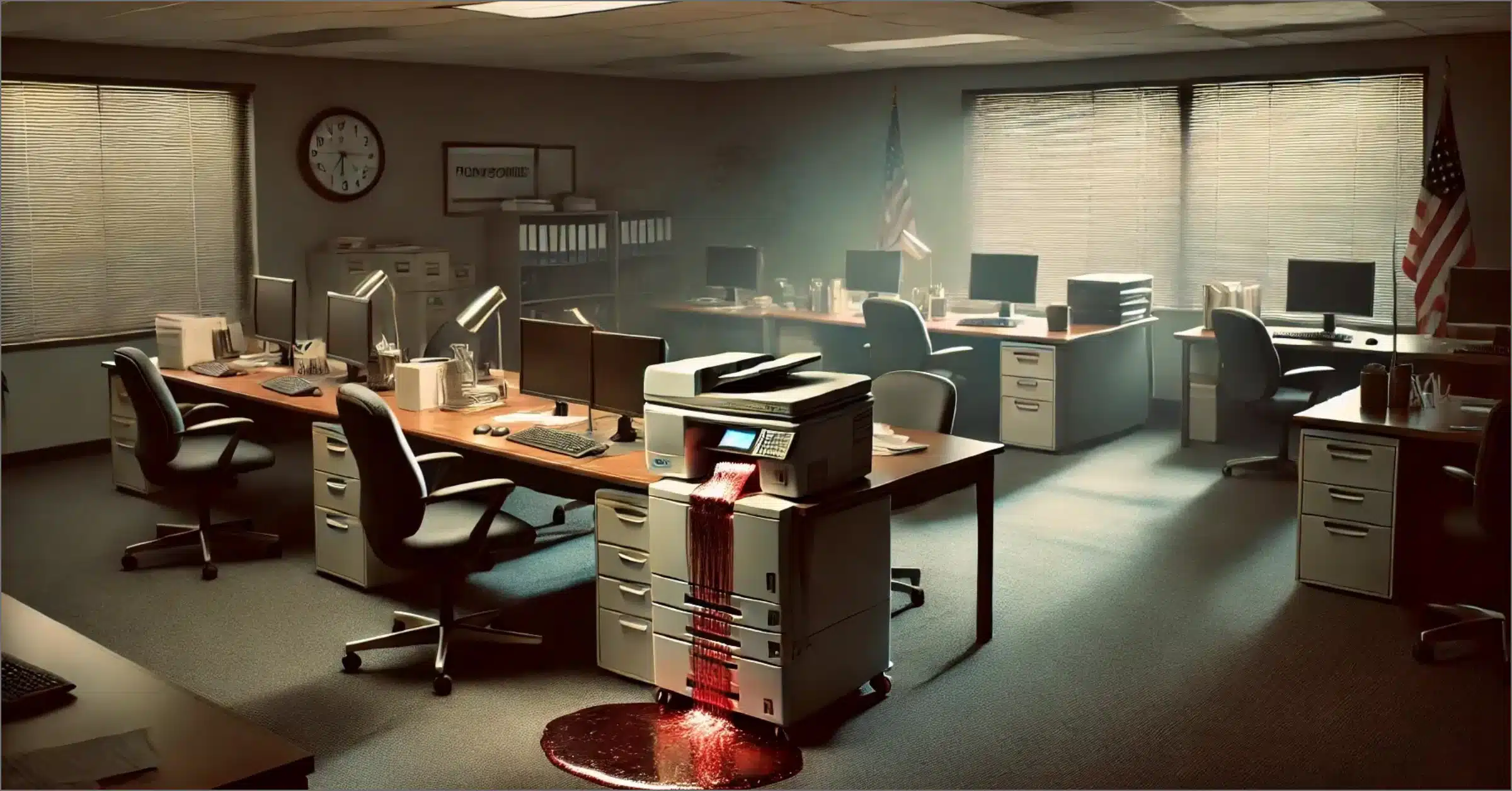
The recent SonicWall VPN ransomware campaign hit over 20 organizations with Akira ransomware, despite victims having enterprise-grade security stacks. As someone who’s spent years architecting cyber security solutions, this campaign perfectly illustrates why a detection-based security posture has reached its limits—and why real-time blocking is necessary.
The Detection Dilemma
Here’s what happened: attackers exploited CVE-2024-40766 to gain VPN access, moved laterally using legitimate tools like RDP and PowerShell, then deployed Akira ransomware variants. The entire attack chain was completed in 24–48 hours.
The victims had functioning EDR, SIEM, and monitoring tools. They generated thousands of alerts. But here’s the problem: modern ransomware encrypts faster than humans can respond to alerts. While security teams scrambled to investigate suspicious activities, attackers were already systematically encrypting critical data and destroying backup systems.
This represents the fundamental flaw in detection-centric approaches: the gap between “knowing something bad is happening” and “stopping it from happening” is measured in hours, while ransomware operates in minutes.
Why Traditional Approaches Failed
Three critical failures doomed these organizations:
- Alert fatigue during active attacks. Security teams received legitimate alerts about suspicious PowerShell usage, unusual file access patterns, and privilege escalation attempts. But sorting signal from noise takes time—time that attackers used to complete their objectives.
- Living off the land techniques. Akira operators used built-in Windows tools and legitimate software like wbadmin.exe. How do you create detection rules for tools that administrators use daily? The answer is: you can’t, at least not reliably.
- Backup destruction before response. By the time security teams realized they were under attack, volume shadow copies, network backups, and recovery databases had already been compromised. Detection told them what happened, but recovery options had been systematically eliminated.
Real-Time Blocking Changes Everything
At Arms Cyber, we’ve architected our platform around a simple principle: stop encryption before it causes damage, not after. Our blocking technology operates in milliseconds, not minutes.
Entropy Analysis Catches the First Files
Our real-time monitoring continuously analyzes file system activity for entropy changes that indicate encryption. When ransomware begins converting readable data to encrypted format, we detect and block it within the first few files—regardless of what tools initiated the process.
In the SonicWall attacks, Akira ransomware would have triggered our blocking responses before completing even 1% of total encryption. We don’t care if attackers use PowerShell, wbadmin, or custom tools—we focus on the universal behavior all ransomware must exhibit: systematic content transformation.
Deceptive Tripwires Provide Instant Detection
We deploy intelligent honeypot files throughout the system that appear as high-value targets but immediately trigger blocking when accessed. The systematic file enumeration that Akira operators performed would have hit these tripwires before any legitimate data was touched.
These aren’t obvious dummy files. Our deception infrastructure analyzes existing naming conventions and file structures to create convincing decoys that blend seamlessly with real business data.
Automated Response Eliminates Human Delays
When our monitoring detects encryption activity, blocking responses activate automatically—no human intervention required. Process termination, file system protection, and intelligent archival happen simultaneously, ensuring even the fastest ransomware variants can’t complete their objectives.
Instant Recovery Eliminates Ransom Pressure
Even if attackers breach the perimeter (as they did with SonicWall victims), our remediation capabilities ensure they can’t create business pressure through data destruction.
Stealth Vault Technology
Our stealth backup system operates invisibly to attackers. Unlike traditional backups that appear in file listings and administrative interfaces, our stealth vault remains completely hidden. Akira operators systematically destroyed every visible backup system in victim environments, but they can’t delete what they can’t see.
The stealth vault maintains real-time synchronization, ensuring zero data loss even during active attacks. Recovery happens in minutes, not weeks.
Attack-Resistant Recovery
Traditional backup systems fail during sophisticated attacks because adversaries corrupt recovery databases and modify backup configurations. Our stealth vault operates independently, maintaining its own integrity verification and restoration capabilities.
Even if attackers achieve domain administrator privileges and compromise every visible recovery system, the stealth vault remains fully functional and immediately accessible.
The Numbers Don’t Lie
Current industry statistics paint a clear picture:
- 59% of organizations experienced ransomware attacks
- 70% of those attacks successfully encrypted critical data
- 24-day average recovery time
- Only 14% successfully recovered all encrypted data
Arms Cyber customers experience fundamentally different outcomes:
- Zero ransom payments among our customer base
- Sub-minute recovery times
- 99% encryption mitigation rate
Why This Matters Now
The SonicWall campaign represents an evolution in ransomware tactics. Attackers are moving faster, using more sophisticated techniques, and systematically targeting backup infrastructure. Detection-based approaches that worked against slower, less sophisticated threats simply cannot keep pace.
Real-time blocking changes the fundamental equation. Instead of racing to detect and respond faster than attackers can execute, we eliminate the race entirely by stopping encryption attempts automatically.
Instant remediation removes ransom pressure. When recovery takes minutes instead of weeks, organizations have no incentive to pay ransoms for faster restoration.
The Path Forward
Organizations serious about ransomware protection need to evaluate their current approach honestly. If your security strategy depends on humans responding to alerts faster than automated attacks can execute, you’re fighting an unwinnable battle.
The future belongs to automated prevention, not detection and response. Real-time blocking technology exists today; the question is whether organizations will adopt it before or after their next ransomware incident.
The SonicWall victims had comprehensive security stacks, but they lacked the one capability that matters most: the ability to stop encryption in real time. Don’t let detection gaps become business disasters.
For more information about Arms Cyber’s real-time blocking and instant remediation capabilities, visit www.armscyber.com







